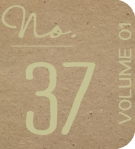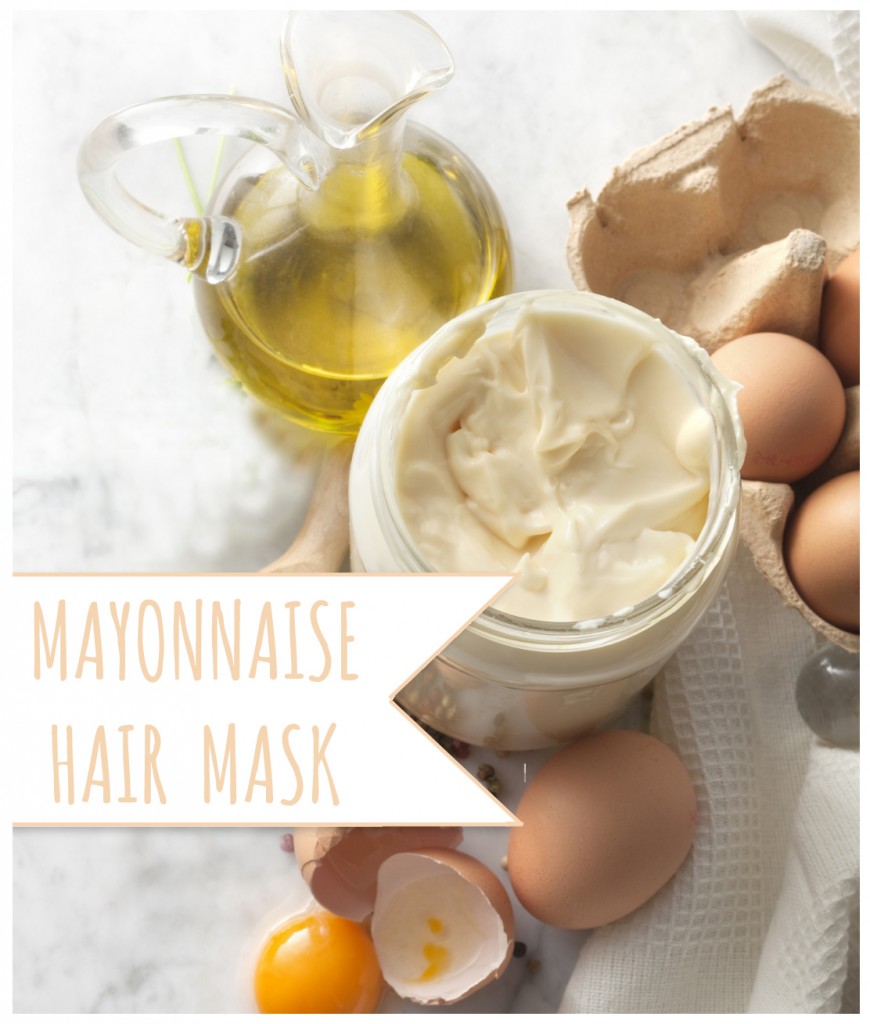 I have studied herbalism for many years and enjoy using the knowledge that I have gained to create both simple and complex herbal remedies, delicious teas, tisanes and brews, and to make natural skin and hair care products. I get to share a lot of this knowledge in my weekly column on hellogiggles.com as The 21st Century Herbalist. Once a week I like to repost the column here, just in case you missed it!
I have studied herbalism for many years and enjoy using the knowledge that I have gained to create both simple and complex herbal remedies, delicious teas, tisanes and brews, and to make natural skin and hair care products. I get to share a lot of this knowledge in my weekly column on hellogiggles.com as The 21st Century Herbalist. Once a week I like to repost the column here, just in case you missed it!
Original publish date: September 27, 2012
![]() or those of us in the northern hemisphere, Autumn is officially here! Bring on the pumpkin flavored lattes, bagels, cream cheese, muffins and any other food we can flavor with delicious pumpkin and spice flavors! Mmmm…I love it all. Along with all of those yummy foods it’s also pumpkin season for your skin. Yup, pumpkin for your skin. It is so moisturizing and packed with nutrients that help bring out the subtle glow of your skin.
or those of us in the northern hemisphere, Autumn is officially here! Bring on the pumpkin flavored lattes, bagels, cream cheese, muffins and any other food we can flavor with delicious pumpkin and spice flavors! Mmmm…I love it all. Along with all of those yummy foods it’s also pumpkin season for your skin. Yup, pumpkin for your skin. It is so moisturizing and packed with nutrients that help bring out the subtle glow of your skin.
Next time you’re in the grocery store or at the farmer’s market pick up a pie pumpkin and give this great body whip treatment a try. It’s a great way to pamper yourself after a long week of studying, working or before a big date. Later, as winter weather sets in and your skin starts to get a little dry, use this recipe to rehydrate your skin and even your hair.
This recipe is part of this month’s celebration of the multi-generational traditions of women. It is a classic recipe that goes back generations and uses simple, natural ingredients to soothe and moisturize your skin.
Ingredients:
- A small to medium sized pie pumpkin
- 1 c. full-fat, unflavored yogurt
- 1-2 tbsp. olive oil
…read more (you’ll be redirected to my column on hellogiggles.com)











